Future / 16. January 2017
Fashion made by you – digitalization in the world of fashion
 1 / 32 – „Die Revolution beginnt in der Fasanenstraße“, pointierte der ehemalige Regierende Bürgermeister Klaus Wowereit, der als VBKI-Präsidiumsmitglied die Diskussion moderierte.
Von Links: Claudia Braun (Mercedes-Benz), Joachim Schirrmacher (SDBI), Klaus Wowereit (VBKI), Ingeborg Neumann (Gesamtverband Textil und Mode) und Sebastian Schulze (Fit Analytics). Foto: © Bernhard Ludewig / SDBI
1 / 32 – „Die Revolution beginnt in der Fasanenstraße“, pointierte der ehemalige Regierende Bürgermeister Klaus Wowereit, der als VBKI-Präsidiumsmitglied die Diskussion moderierte.
Von Links: Claudia Braun (Mercedes-Benz), Joachim Schirrmacher (SDBI), Klaus Wowereit (VBKI), Ingeborg Neumann (Gesamtverband Textil und Mode) und Sebastian Schulze (Fit Analytics). Foto: © Bernhard Ludewig / SDBI
 1 / 32 – „Die Revolution beginnt in der Fasanenstraße“, pointierte der ehemalige Regierende Bürgermeister Klaus Wowereit, der als VBKI-Präsidiumsmitglied die Diskussion moderierte.
Von Links: Claudia Braun (Mercedes-Benz), Joachim Schirrmacher (SDBI), Klaus Wowereit (VBKI), Ingeborg Neumann (Gesamtverband Textil und Mode) und Sebastian Schulze (Fit Analytics). Foto: © Bernhard Ludewig / SDBI
1 / 32 – „Die Revolution beginnt in der Fasanenstraße“, pointierte der ehemalige Regierende Bürgermeister Klaus Wowereit, der als VBKI-Präsidiumsmitglied die Diskussion moderierte.
Von Links: Claudia Braun (Mercedes-Benz), Joachim Schirrmacher (SDBI), Klaus Wowereit (VBKI), Ingeborg Neumann (Gesamtverband Textil und Mode) und Sebastian Schulze (Fit Analytics). Foto: © Bernhard Ludewig / SDBI
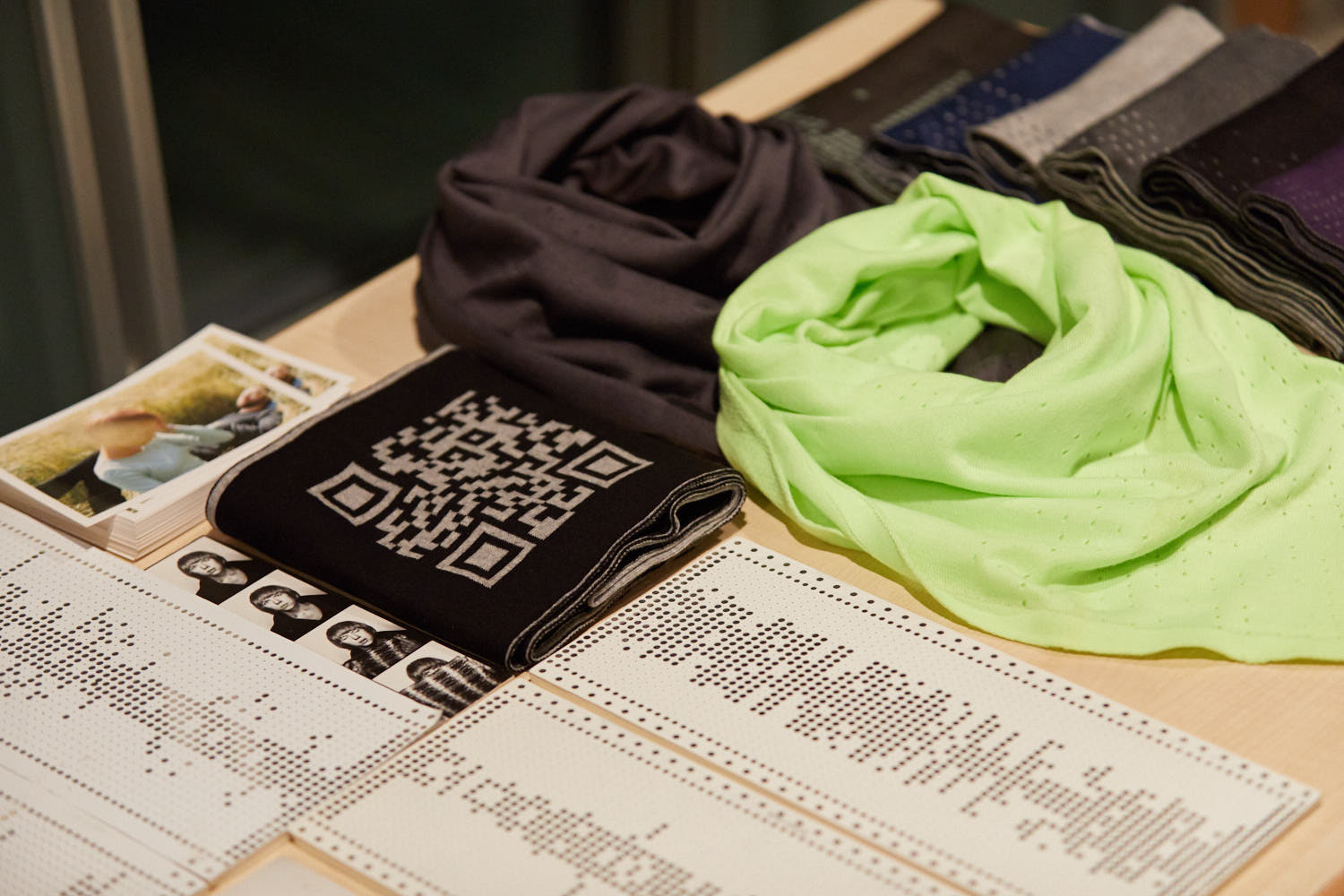 Auf der Webseite Trikoton.com konnte jeder ganz einfach Audiobotschaften wie Gedichte, Musikstücke oder Filmzitate aufnehmen. Diese wurden dann automatisch in ein individuelles Strickmuster umgewandelt und gingen direkt zu den Strickmaschinen in Thüringen. Eine automatisierte Einzelstückfertigung wie bei der Speedfactory von Adidas, nur 10 Jahre früher. Foto: © Bernhard Ludewig / SDBI
Auf der Webseite Trikoton.com konnte jeder ganz einfach Audiobotschaften wie Gedichte, Musikstücke oder Filmzitate aufnehmen. Diese wurden dann automatisch in ein individuelles Strickmuster umgewandelt und gingen direkt zu den Strickmaschinen in Thüringen. Eine automatisierte Einzelstückfertigung wie bei der Speedfactory von Adidas, nur 10 Jahre früher. Foto: © Bernhard Ludewig / SDBI
A digital revolution is beginning in the world of fashion. The time from order to delivery of customized fashion is set to be as little as five hours in future, instead of three months: New technologies and materials are producing innovative designs. Berlin has an opportunity to pave the way for fashion in the 21st century.
Until now, fashion manufacturing has been based on 100-year-old technologies, but now robots are learning to do what was impossible for them before: manufacturing clothing. It is mainly online retailers who are in favor of the digitalization of fashion, and we are currently seeing a technological breakthrough in production.
150 distinguished guests from the worlds of fashion, industry, politics, media, creative industry, and universities accepted the invitation from the Stiftung der Deutschen Bekleidungsindustrie SDBI (German Fashion Industry Foundation) and the Verein Berliner Kaufleute und Industrieller VBKI (Berlin Merchants and Industrialists). The witty host of the debate was Klaus Wowereit, the former governing mayor of Berlin and now Member of the Board of the Association of the VBKI.
Adidas Speedfactory
The most important project worldwide in this technological revolution is the Speedfactory from Adidas. Their production is extensively automated and their plan is to establish local-for-local production around the world with mini factories serving local markets. This means that we will again see customized shoes and clothing being produced in Germany, and at a fast pace too. The time from ordering to shipping is set to be just five hours in future, instead of three months. This is a production concept that is perfect for the new philosophy in fashion: “See now, buy now,” which means clothes going on sale straight after the fashion show. The goals include improved productivity, flexibility, and efficiency, lower storage and transport costs, less exposure to foreign exchange risk, reduced costs for customs and fewer barriers to trade, and, of course, increased profits. Adidas developed its “Speedfactory” with partners from the automotive industry and universities. They had to start almost from scratch and develop completely new processes and systems, and innovative materials.
Five-year lead
This is anticipated to have given Adidas a few years lead over Nike’s “Manufacturing Revolution,” Reebok’s “Liquid Factory,” and Under Armour’s “Lighthouse” research lab and “Glory” project. German fashion brands such as Falke Sport and Marc Cain have been focusing on innovative 3D printing for some years now. Even Roy Robson is digitalizing his production in Turkey in order to be able to deliver new clothes in three weeks. “The digitalization of textile products and processes will also drive innovations in many other industries,” said Ingeborg Neumann, President of the Gesamtverband Textil + Mode (Confederation of the German Textil and Fashion Industry).
Casual Friday every day of the week
New technologies and materials generally give rise to new designs. Coco Chanel revolutionized fashion with jersey, Iris van Herpen has pioneered 3D printing, while on the street the “start-up look” is the symbol of a new age, the new version of “dress for success”. Even managers can often be seen wearing, jeans, t-shirts, and sneakers. None of the designs in the European Fashion Award FASH 2015 could be described as traditional western menswear. This trend can be seen among pensioners too, where the fashion is for the Rolling Stones instead of spa concerts and brands such as Acne instead of Brax – people don’t want to be seen as part of the old guard. If you look closer, you can see that this apparently casual look has been carefully cultivated.
“When combined with technology, this new look gives Berlin the opportunity to pave the way for fashion in the 21st century. Sportswear has had a strong commercial position in Germany for decades, unparalleled in Paris and Milan,” said SDBI Director Joachim Schirrmacher.
Trikoton
The fashion designer Magdalena Kohler and the interactive designer Hanna Wiesener presented their Trikoton voice knitting, which they developed in 2007 as part of the Design Reaktor research project of the Universität der Künste Berlin (University of the Arts). They gave people the opportunity to record very simple audio messages such as poems, music and lines from films on the Trikoton.com website. These were then converted automatically into individual knitting patterns and sent straight to knitting machines in Germany’s Thuringia – the same sort of piece production as we are seeing with Speedfactory, just 10 years earlier.
But the time wasn’t yet right for this – the iPhone had only just been launched. Today the London label Knyttan aims to crack the difficult $200 billion dollar knitwear market armed with £2 million in seed funding, while Adidas is unveiling a similar concept with its “knit-for-you” pop-up shop at Bikini Berlin until the end of February 2017.
I want it all and I want it now!
E-commerce is also developing at a rapid rate. Customers are setting the pace and determining the direction here, and bringing high demands in terms of quality, production, customer service, and brand, with an absence of loyalty: “I want it all and I want it now!” Amazon wants to be the largest supplier in fashion too by 2020. Shopping in shops are increasingly becoming the domain of the entertainment industry, everything else is being bought to an increasing degree online, and here too we are seeing that “fashion is being sold through feelings created by the digital experience,” said Sebastian Schulze, founder of the online size advisor Fit Analytics. Schulze added that “the division between online and offline will disappear.” As a result, we will see small and medium towns being abandoned, and this may soon cause difficulties for the property sector as well. As a counter-trend to this, the demand for sophistication, individuality, and uniqueness represents a major opportunity for Berlin-based designers.
Opportunities and challenges
Germany has everything that 21st century fashion needs: very well trained designers and engineers, global leaders in textile machine production, outstanding logistics and excellent photographers.
But in order to be the word’s greatest, designers, IT experts, scientists, engineers, marketing and sales people must all be able to get on the same page. This would not be possible without translators.
To make sure that this happens, the content in apprenticeships and university courses needs to include material that will bridge the gap between fashion schools and the industry. “Why isn’t design a part of the core curriculum from the day children start school?” asks Claudia Braun who is Color & Trim Senior Manager at Mercedes-Benz. When you talk to each other, there is a lot of potential to be gained. The Speedfactory is a good example of this.
In short: There needs to be a specialized advisor for start-ups in the fashion industry. There needs to be a skills center like the science and technology park in Berlin for fashion.

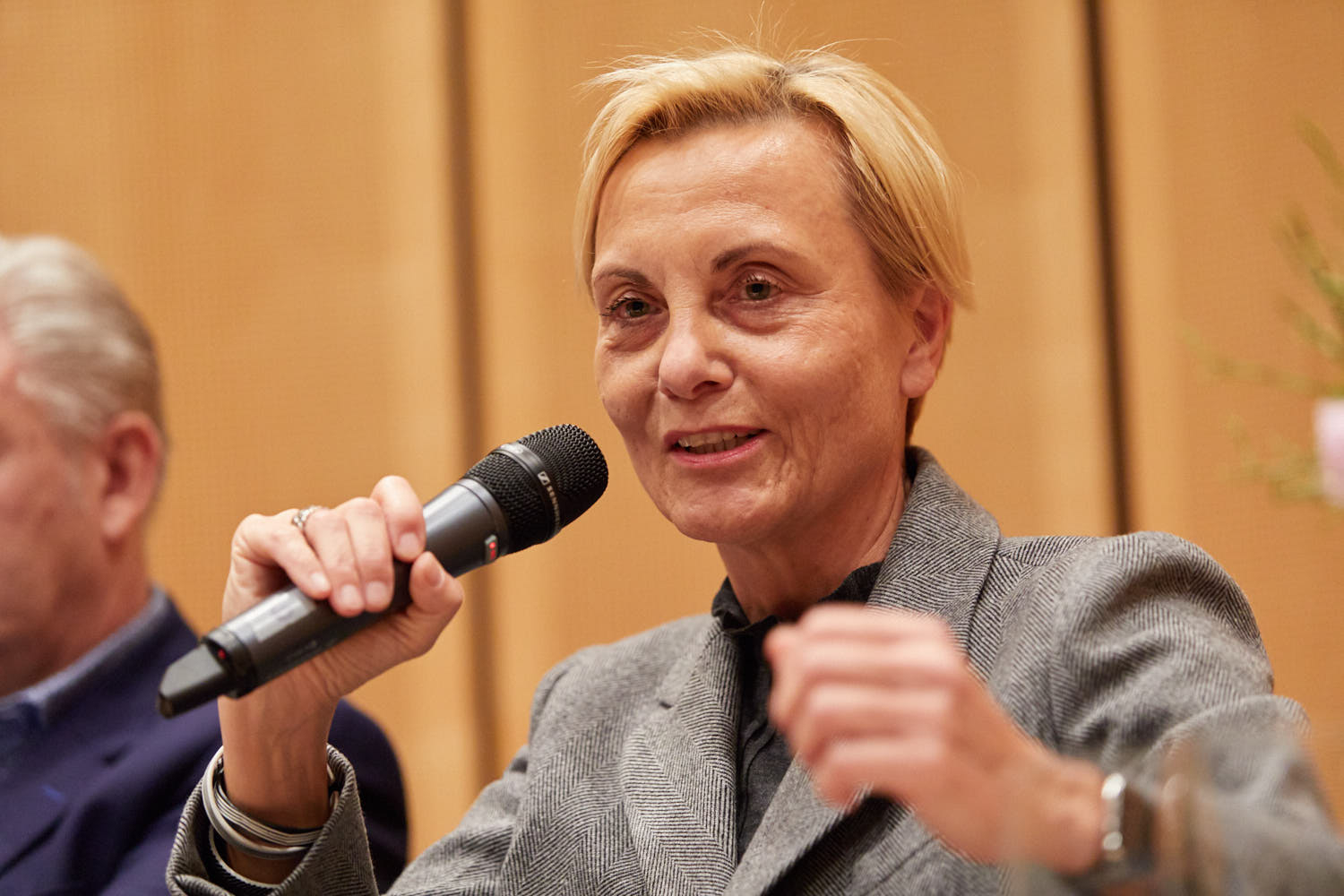









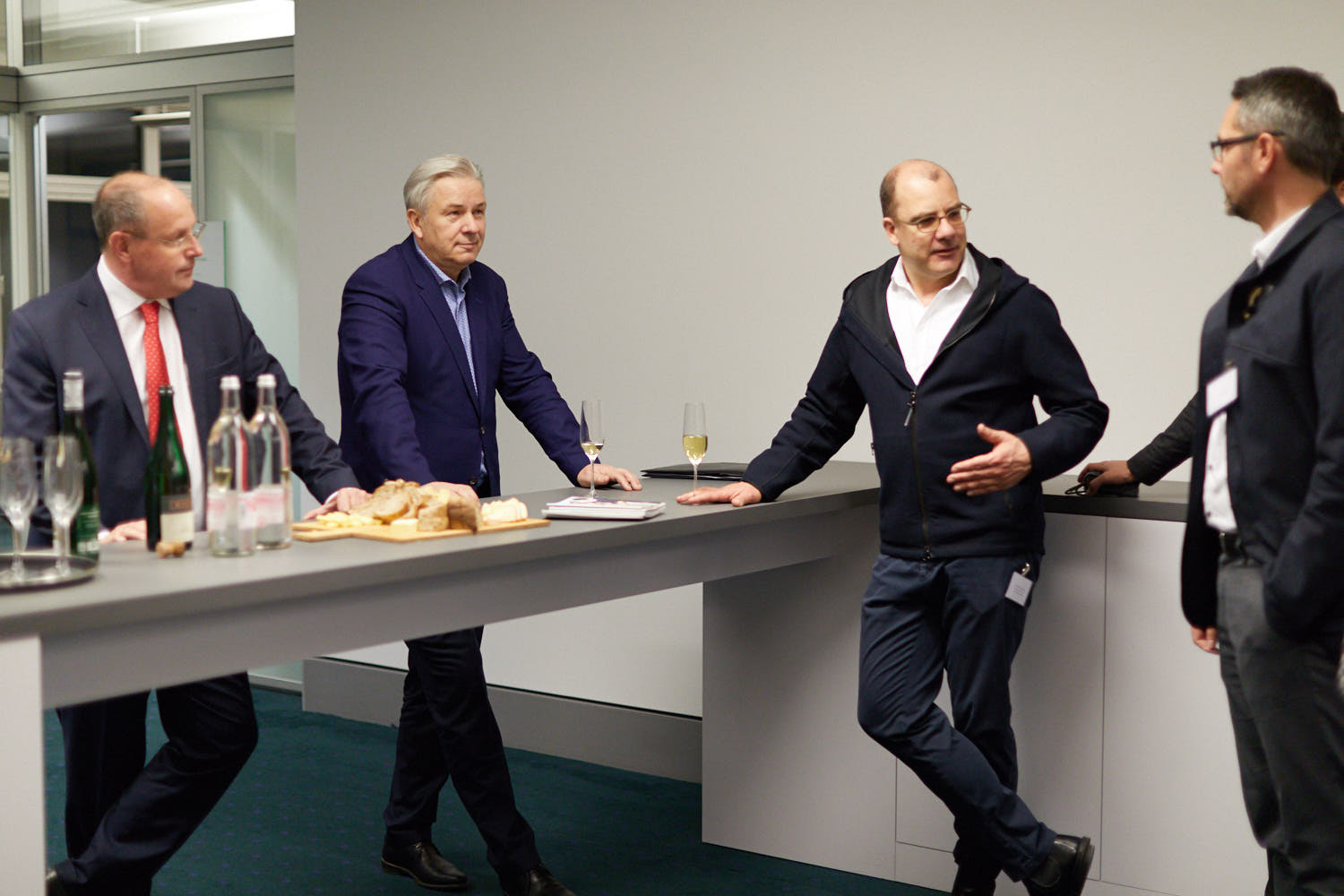

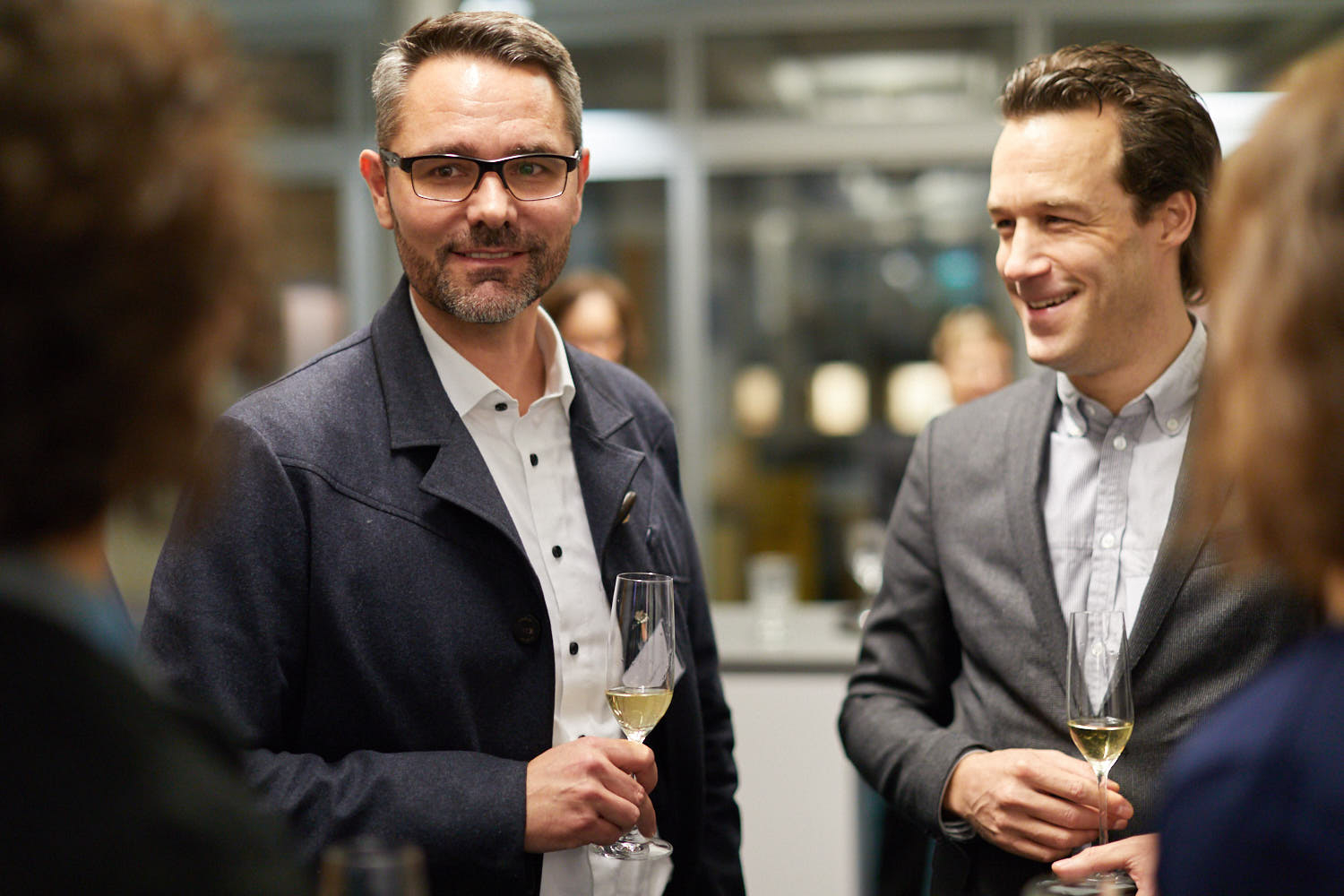





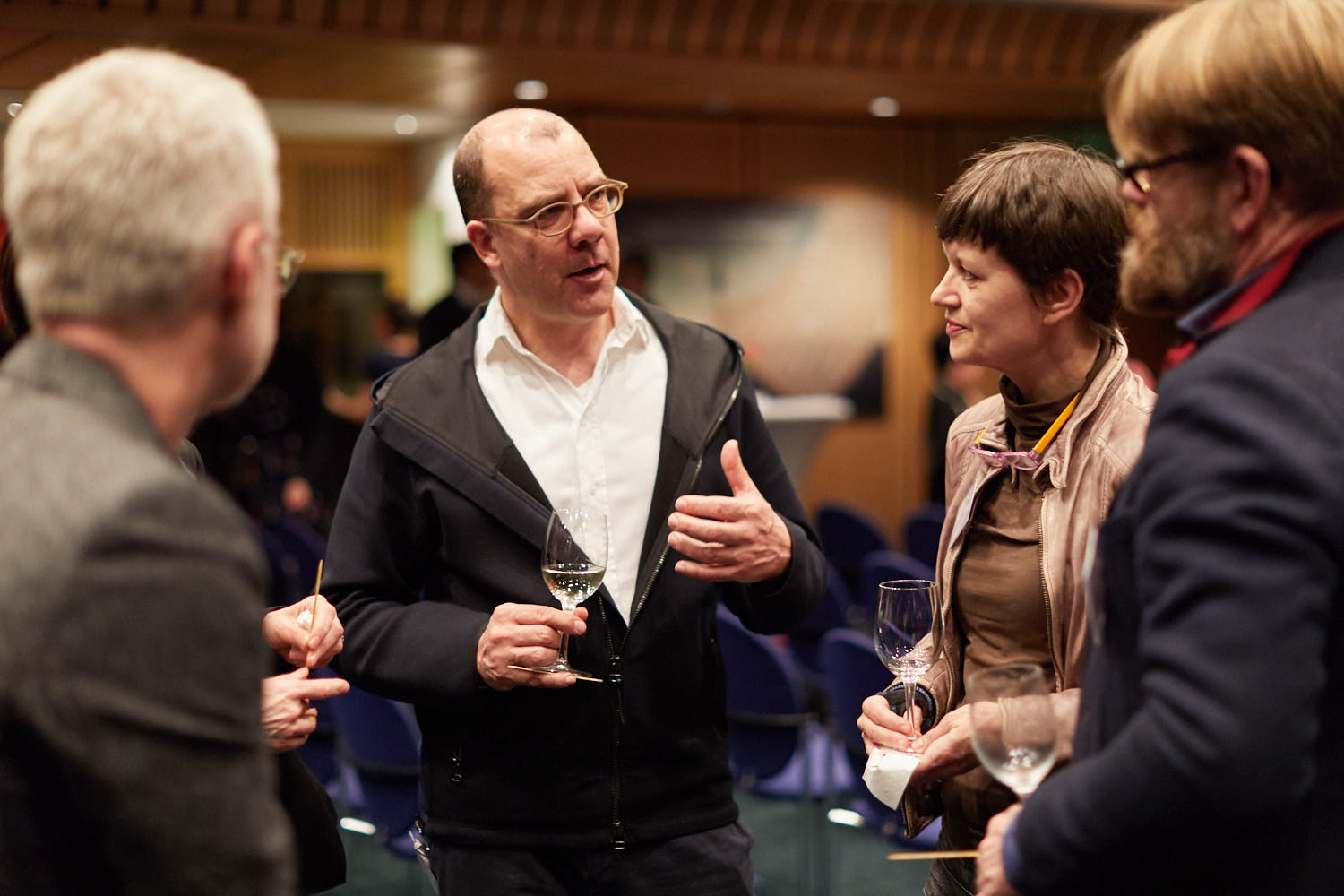



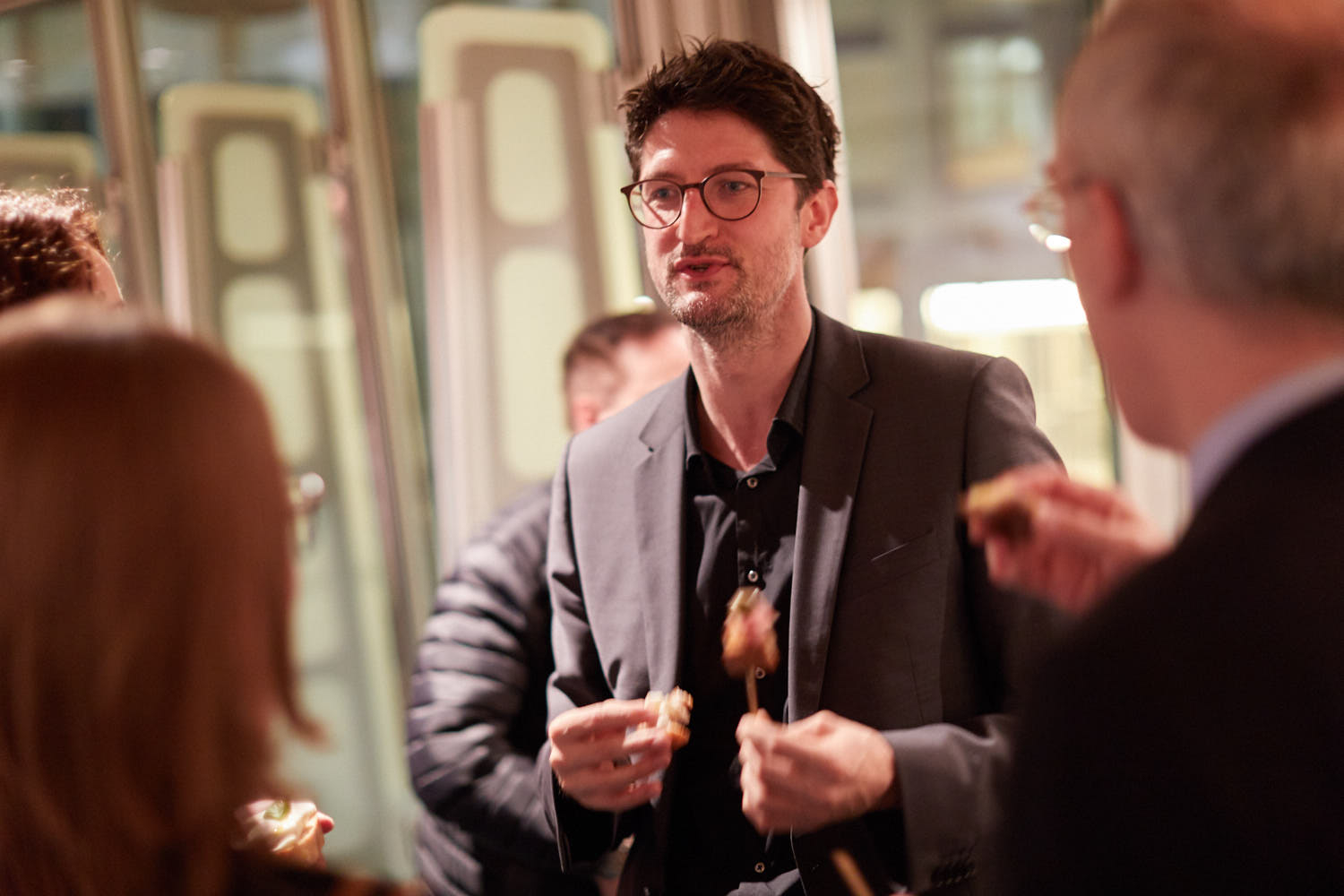




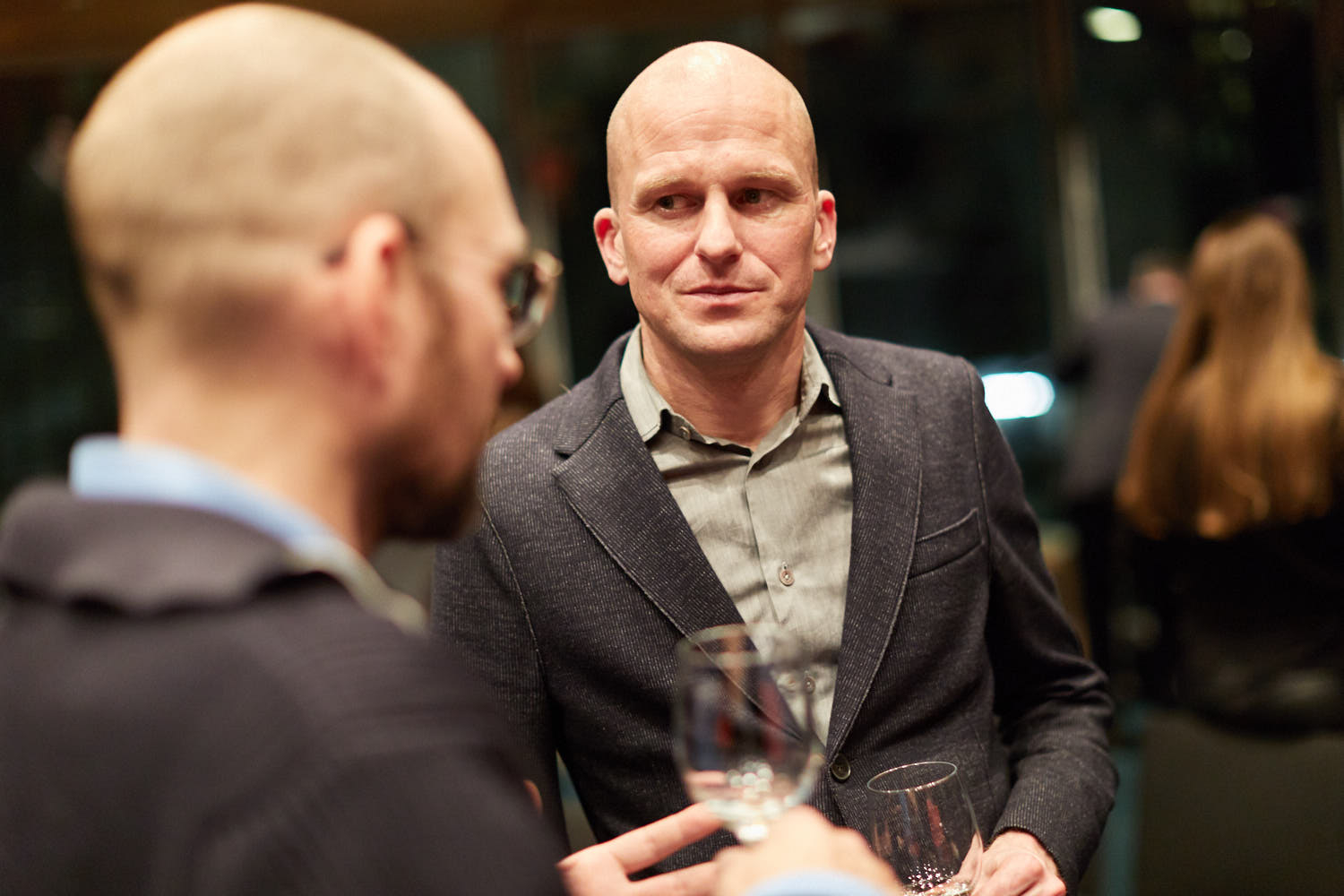


 Joan Tarragó Papalona
Joan Tarragó Papalona Margarita Rozhkova
Margarita Rozhkova Carine Kuntz + Alexander Gaertner
Carine Kuntz + Alexander Gaertner